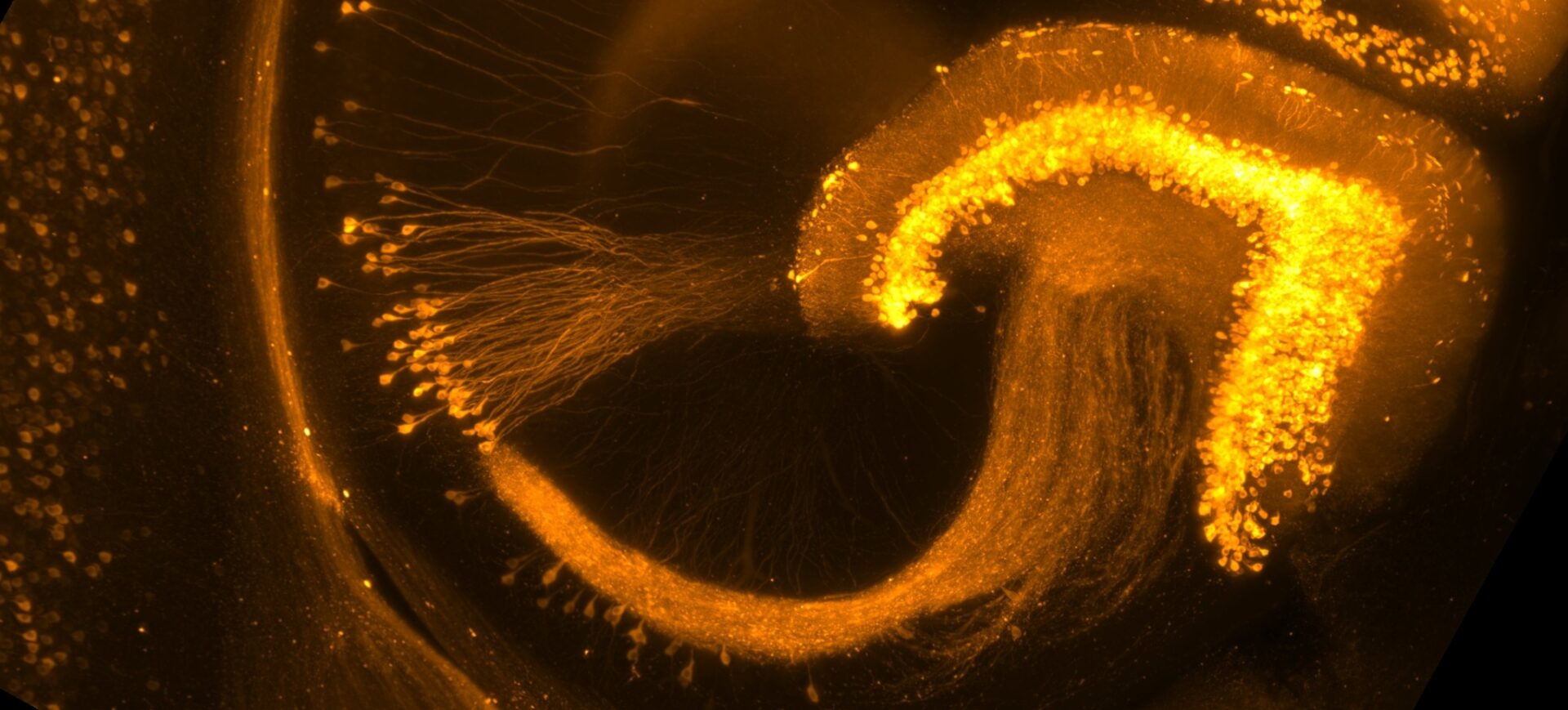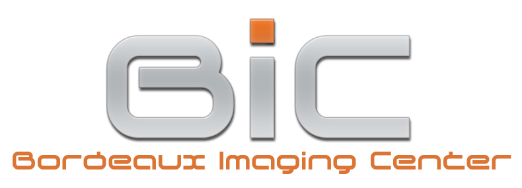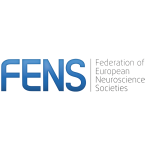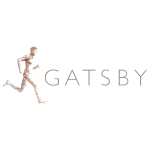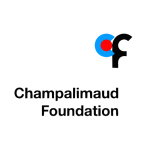Course overview
How does the activity of neural circuits govern information processing, enable memory formation, and give rise to behaviour? Tackling these questions is one of the great challenges in current neuroscience. To make progress, quantitative studies of both structure and function of neural circuits are required, which these days have become feasible with a collection of new and broad methods. Neural circuit research bridges the molecular-cellular level to the levels of large-scale brain operation and animal behaviour and thus promises to reveal principles of spatiotemporal circuit dynamics that underlie specific brain states and behaviours. The relevance and role of specific cell types and of local as well as long-range circuit motifs need to be understood. This course aims to bring students up-to-date with the most recent developments in this exciting and fundamental field of neuroscience research. The focus will be on the advanced experimental approaches that are available today for the dissection of neural circuit connectivity and activity in various animal models (mouse, fly, zebrafish).
The Cajal course is an intensive three-week course that guides participants through the theory and practice of state-of-the-art methods for addressing pertinent questions in this field of research. This course will teach the latest technological advances in optical, electrophysiological, genetic, viral tracing, anatomical, and optogenetic approaches for the study of neural circuits. Students will learn the current state of knowledge of how neural circuits are organized, especially in the mammalian mouse brain, and how information can be processed in biological circuits through population-based activity patterns. The faculty will consist of international experts in their respective fields, discussing fundamental concepts and their own research, introducing methods relevant for neural circuit research, and providing hands-on projects. Students will perform experimental projects to apply these methods to scientific problems, they will learn how to analyse acquired data, and they will discuss strengths and limitations of the various techniques. The course is designed for PhD students, postdoctoral researchers, and early-stage group leaders, and is aimed at providing them with an enhanced tool set for addressing their current and future research questions.
Course directors
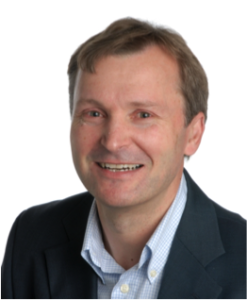
Fritjof Helmchen
Course Director
Brain Research Institute, University of Zurich, Switzerland
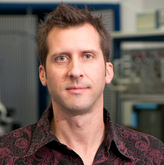
Andreas Frick
Co-Director
Neurocentre Magendie, INSERM U1215, University of Bordeaux, France
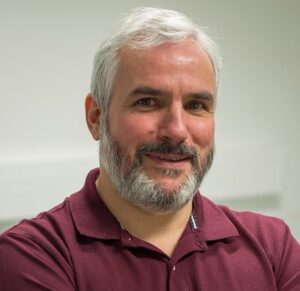
Cyril Herry
Co-Director
Neurocentre Magendie, INSERM U1215, University of Bordeaux, France
Keynote speakers
Antoine Adamantidis – University of Bern (Switzerland)
Athena Akrami – University College London (UK)
Matteo Carandini – University College London (UK)
Megan Carey – Champalimaud Research (Portugal)
Marie Carlen – Karolinska Institute (Sweden)
Valentina Emiliani – Vision Institute Paris (France)
Rainer Fiedrich – Friedrich Miescher Institute for Biomedical Research (Switzerland)
Nadine Gogolla – Max Planck Institute of Neurobiology (Germany)
Benjamin Grewe – ETH Zurich (Switzerland)
Johannes Kohl – Francis Crick Institute (UK)
Matthew E. Larkum – Humboldt University of Berlin (Germany)
Tommaso Patriarchi – University of Zurich (Switzerland)
Pavan Ramdya -EPFL Lausanne (Switzerland)
Nathalie Rochefort – The University of Edinburgh (UK)
Lisa Roux – Bordeaux Neurocampus (France)
Manuel Zimmer – University of Vienna (Austria)
Instructors
Philipp Bethge – University of Zurich (Switzerland)
Roman Boehringer – ETH Zurich (Switzerland)
Cecilia Castelli – Bordeaux Neurocampus (France)
Simon d’Aquin – University of Zurich (Switzerland)
Lorena Delgado – Bordeaux Neurocampus (France)
Matthias Durrieu – EPFL (Switzerland)
Gabrielle Girardeau – Institut du Fer à Moulin (France)
Noelle Grosjean – Bordeaux Neurocampus (France)
Yann Humeau – Bordeaux Neurocampus (France)
Daniel Jercog – Bordeaux Neurocampus (France)
Jean-Sebastien Jouhanneau – MDC Berlin (Germany)
Marie Labouesse – ETH Zurich (Switzerland)
Frederic Lanore – Bordeaux Neurocampus (France)
Arthur Leblois – Bordeaux Neurocampus (France)
Christopher Lewis – University of Zurich (Switzerland)
Catherine Marneffe – Bordeaux Neurocampus (France)
Pavan Ramdya – EPFL (Switzerland)
Lisa Roux – Bordeaux Neurocampus (France)
Gwendolin Schoenfeld – University of Zurich (Switzerland)
Ourania Semelidou – Bordeaux Neurocampus (France)
Sandra Soukup – Bordeaux Neurocampus (France)
Naoya Takahashi – Bordeaux Neurocampus (France)
Roman Ursu – Bordeaux Neurocampus (France)
Nikita Vladimirov – University of Zurich (Switzerland)
Yuktiben Vyas – Bordeaux Neurocampus (France)
Nanci Winke – Bordeaux Neurocampus (France)
Jonathan Zapata (Inscopix)
Course content
Topics & Techniques
Participants will learn all basic requirements to perform:
– ex vivo optogenetic and patchclamp recordings in acute brain slices;
– in vivo calcium imaging experiments in freely moving mice using miniaturized microscopes;
– laser scanning lightsheet microscope by disassembling and reassembling a benchtop version of the mesoSPIM before preparing, acquiring and analysing various cleared neuronal samples;
– how to operate a two-photon microscope and how to do basic trouble-shooting;
– basics of electrode design, construction and instrumentation;
– basic requirements to perform extracellular recordings in singing birds using motorized micro-drive; basic procedures to image activity from individual dendrites of cortical pyramidal neurons in awake mice;
– basic spike data analysis (spike sorting, detection of tagged unit);
– dissection, microimplantation, and specimen preparation for live imaging; Calcium imaging data acquisition and computational data analysis;
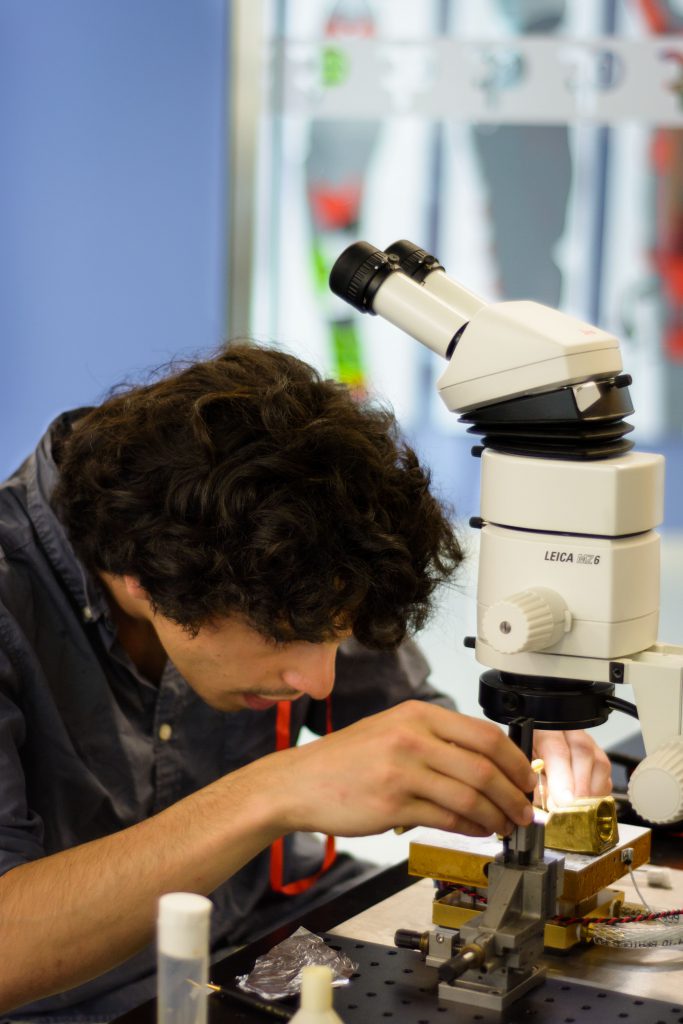
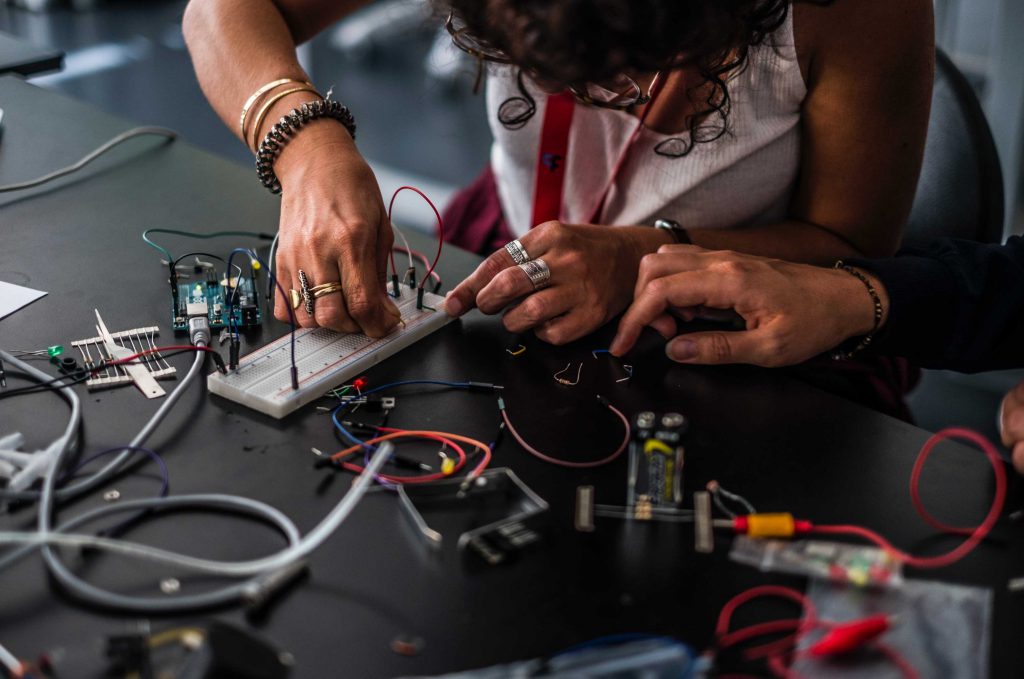
Projects
The following projects are confirmed so far:
Project 1: “Imaging neural population activity along the gut-brain axis in adult Drosophila”
Project 2: “Two-photon targeted patch-clamp and calcium population imaging in mouse neocortex during tactile stimulation.”
Project 3: “Monitoring neuronal activity in the song-control circuits in freely behaving zebra finches.”
Project 4: “MesoSPIM light-sheet imaging of anatomical projections in the cleared mouse brain”
Project 5: “Functional Representations of Tactile Stimuli in the Cortex Using In Vivo 2-Photon Calcium Imaging”
Project 6: “Large scale multi-electrode recordings and optogenetic manipulations of neuronal subtypes in freely moving animals.”
Project 7: “All optical imaging and stimulation of neuromodulator release in freely moving mice (multiplex fiber photometry)”
Project 8: “Ex vivo optogenetic manipulations of basal ganglia circuits”
Project 9: “In vivo calcium imaging of hippocampal CA1 population activity in the freely moving mouse using miniaturized microscopes”
Project 10: “In vivo multimodal, multiscale physiology”
Project 11: “In vivo optogenetic manipulations of prefrontal circuits.”
Project 12: “Multi-site electrophysiological activities in a working memory task and related consolidation sleeping phases.”
Project 13: “Two-photon calcium imaging of cortical dendrites in awake head-fixed mice.
Project 14: ‘‘Birth of a memory: ex vivo optogenetic approach to study hippocampal engrams’’
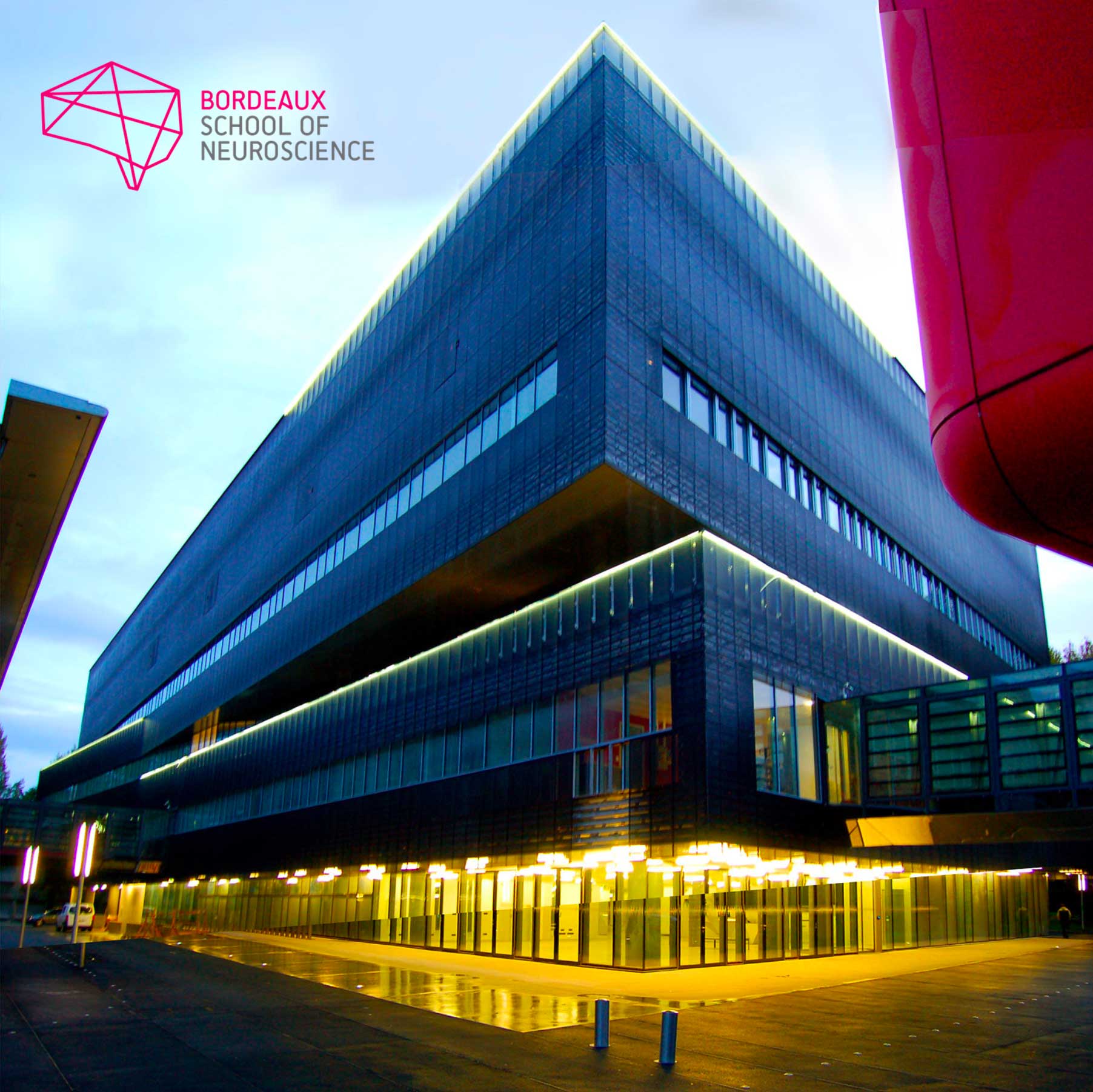
Bordeaux School of Neuroscience, France
The Bordeaux School of Neuroscience is part of Bordeaux Neurocampus, the Neuroscience Department of the University of Bordeaux. Christophe Mulle, its current director, founded it in 2015. Throughout the year, renowned scientists, promising young researchers and many students from any geographical horizon come to the School.
The school works on this principle: training in neuroscience research through experimental practice, within the framework of a real research laboratory.
Facilities
Their dedicated laboratory (500m2), available for about 20 trainees, is equipped with a wet lab, an in vitro and in vivo electrophysiology room, IT facilities, a standard cellular imaging room, an animal facility equipped for behavior studies and surgery and catering/meeting spaces. They also have access to high-level core facilities within the University of Bordeaux. They offer their services to international training teams who wish to organize courses in all fields of neuroscience thanks to a dedicated staff for the full logistics (travels, accommodation, on-site catering, social events) and administration and 2 scientific managers in support of the experimentation.
Registration
Registration fee: €3.500,00 (includes tuition fee, accommodation and meals)
Application closed on 13th December 2021
The CAJAL programme offers 4 stipends per course (waived registration fee, not including travel expenses). Please apply through the course online application form. In order to identify candidates in real need of a stipend, any grant applicant is encouraged to first request funds from their lab, institution or government.
Kindly note that if you benefited from a Cajal stipend in the past, you are no longer eligible to receive this kind of funding. However other types of funding (such as partial travel grants from sponsors) might be made available after the participants selection pro- cess, depending on the course.

